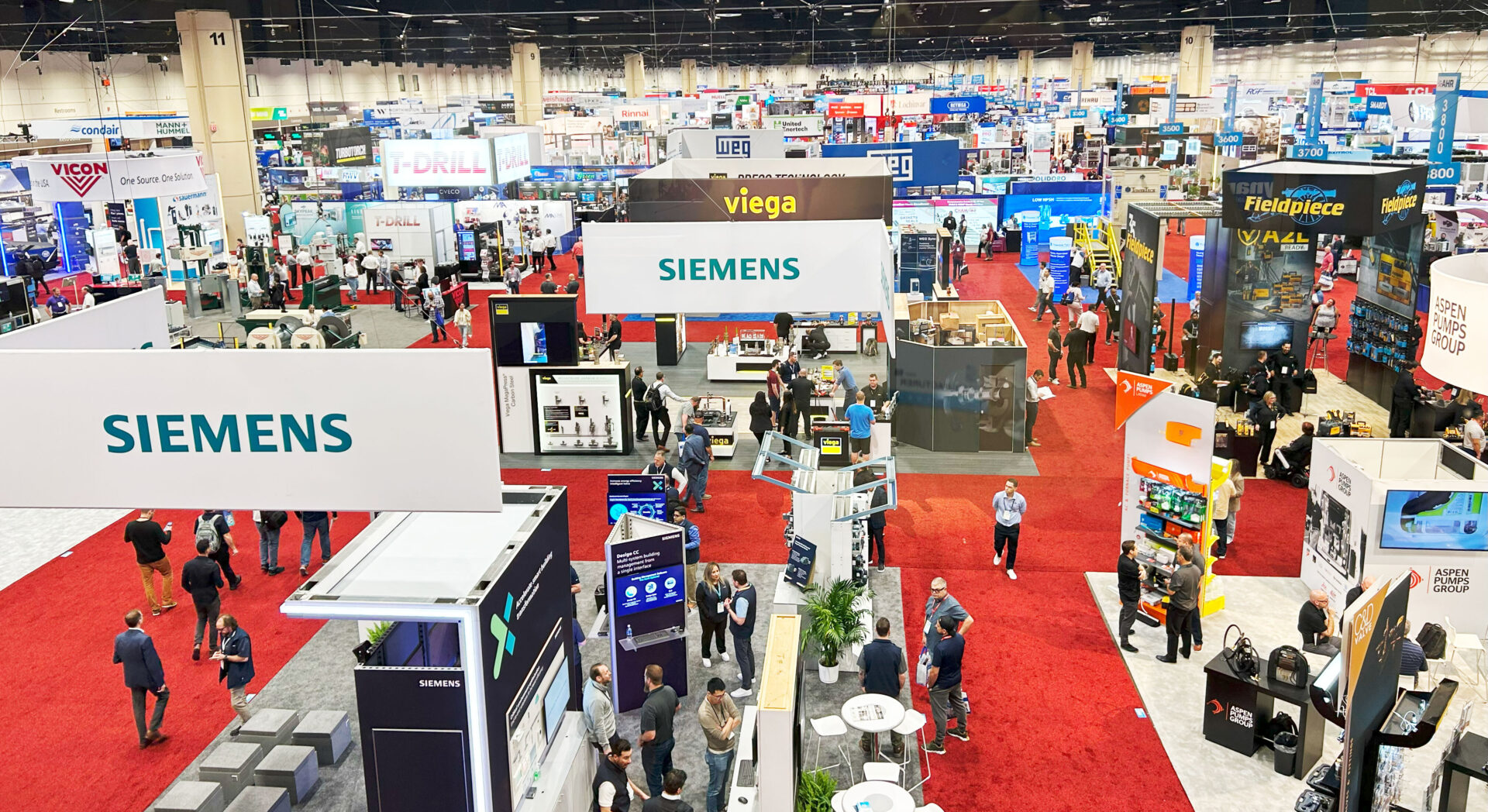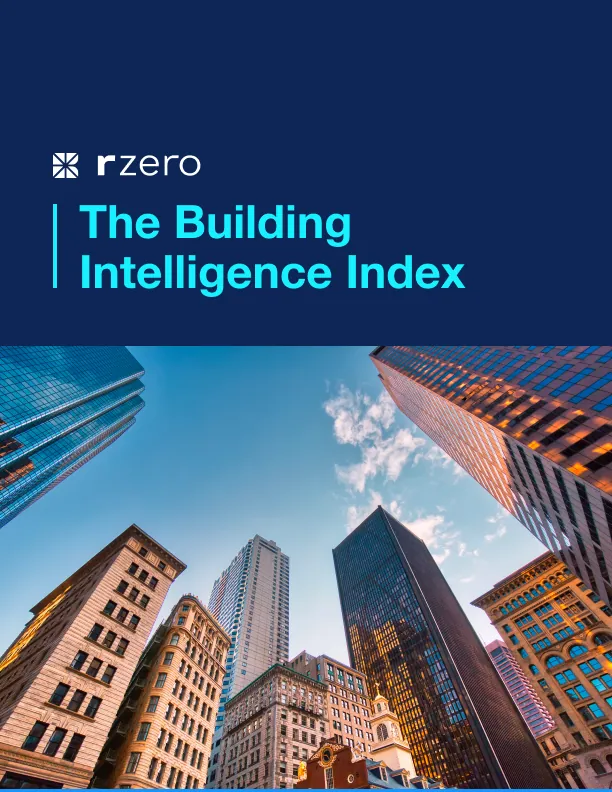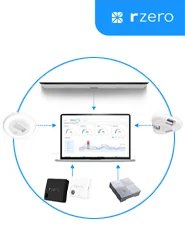
Key Takeaways from CREtech New York: What Top Occupiers Want from Their Workplaces
When some of the world’s largest occupiers—Salesforce, Pfizer, Comcast, McKesson, and Interpublic Group—share their vision for the workplaces of tomorrow, the real estate industry takes notice.
At CREtech New York, these occupiers offered invaluable insights into what quality means for them, how they define flexibility, and why location and employee well-being are pivotal in shaping the future of workspaces.
Redefining Quality in the Workplace
Quality isn’t one-size-fits-all. While top occupiers share common priorities—such as flexibility, prime locations, and tenant well-being—their definitions of quality often reflect their unique cultures and goals. Salesforce’s Elaine Schultz emphasized that their offices must be a physical representation of their brand. For Pfizer, quality includes health, safety, and an enhanced employee experience, blending vibrant locations with sustainable, well-being-focused spaces. Comcast even sacrificed building quality in one deal to move closer to customers, highlighting how location can outweigh other factors.
Employee Wellness Takes Center Stage
Wellness now encompasses more than ergonomic chairs and air quality. For companies like McKesson and Pfizer, it includes psychological safety, mental health support, and spaces that accommodate employees’ personal lives. The pandemic underscored the importance of balancing work and life, making amenities like private breakout rooms essential for supporting employee needs throughout the day.
Flexibility: A Multifaceted Must-Have
Flexibility in building design, contracts, and usage stood out as a universal requirement. Spaces must adapt to multi-generational needs, reflect company culture, and provide options for changing workforce dynamics. Contract terms that allow businesses to “right-size” in response to evolving needs were also highlighted as critical by Comcast’s John Bullen.
The Role of Location in Success
Location remains critical to fostering connections, improving commutes, and enhancing community engagement. From Pfizer’s focus on vibrant, accessible locations to Comcast’s strategic relocation for better customer access, proximity to people—whether employees, clients, or communities—is increasingly vital.
The insights shared at CREtech New York underscore the rapidly evolving priorities of today’s occupiers. As the real estate sector adapts to meet these demands, one thing is clear: quality, flexibility, wellness, and location will define the workplaces of the future.
Want to hear more? Watch the full session and explore additional CREtech New York insights here.
More posts you might like
-

3 Key Takeaways from AHR Expo 2025: What’s Shaping the Future of HVAC
The 2025 AHR Expo brought together HVAC industry leaders, innovators, and professionals to showcase the latest advancements in heating, ventilation, and air conditioning. Here are the key insights that stood out from our team on the ground. 1. Smart Technology is Enhancing, Not Replacing, Traditional HVAC A significant shift observed at this year’s expo is […]
-

Webinar Recap: Redefining Energy Efficiency
As commercial energy costs continue to rise, building operators are looking for faster, cost-effective solutions to reduce waste and improve efficiency. Heating, Ventilation, and Air Conditioning (HVAC) systems account for nearly 60-70% of total building energy consumption, making them one of the largest opportunities for savings. However, traditional HVAC systems often operate on outdated schedules, […]
-

Wildfire Smoke: Understanding the Impact on Indoor Air Quality
As we face yet another intense wildfire season, with significant events already impacting regions across the country, the challenges to air quality, both outdoors and indoors, are more pressing than ever. Wildfires contribute up to 50% of “ultrafine” particles in the air; tiny pollutants that can travel hundreds of miles and infiltrate indoor spaces, affecting […]

